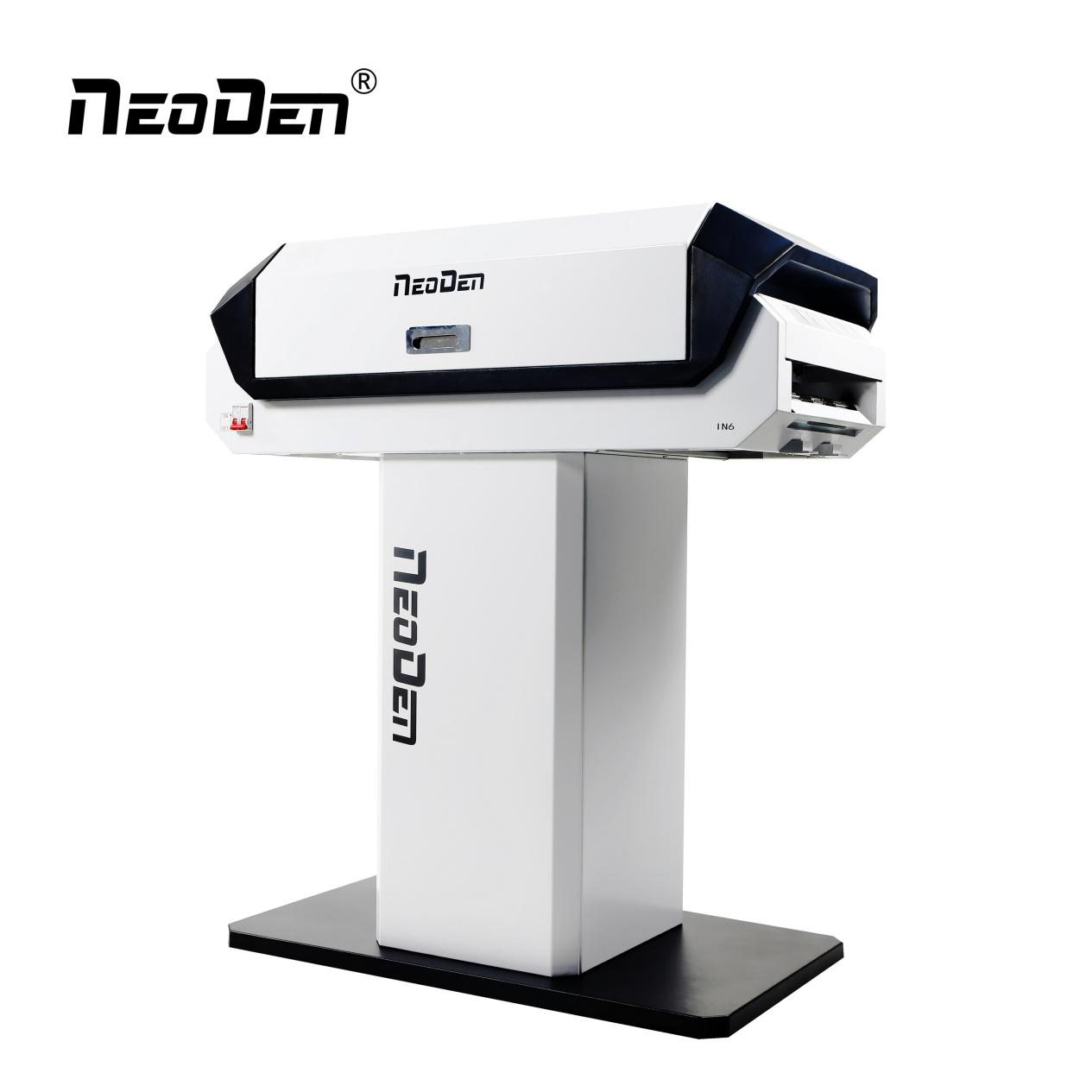I.Measures to change surface tension and viscosity
Viscosity and surface tension are important properties of solder. Excellent solder should have low viscosity and surface tension when melting. Surface tension is the nature of the material, can not be eliminated, but can be changed.
1.The main measures to reduce surface tension and viscosity in PCBA soldering are as follows.
Increase the temperature. Raising the temperature can increase the molecular distance within the molten solder and reduce the gravitational force of molecules within the liquid solder on the surface molecules. Therefore, raising the temperature can reduce viscosity and surface tension.
2. The surface tension of Sn is high, and the addition of Pb can reduce the surface tension. Increase the content of lead in Sn-Pb solder. When the content of Pb reaches 37%, the surface tension decreases.
3. Adding active agent. This can effectively reduce the surface tension of the solder, but also to remove the surface oxide layer of the solder.
The use of nitrogen protection pcba welding or vacuum welding can reduce high-temperature oxidation and improve the wettability.
II.the role of surface tension in welding
Surface tension and wetting force in the opposite direction, so the surface tension is one of the factors that are not conducive to wetting.
Whether reflow oven, wave soldering machine or manual soldering, surface tension for the formation of good solder joints are unfavorable factors. However, in the SMT placement process reflow soldering surface tension can be used again.
When the solder paste reaches the melting temperature, under the action of the balanced surface tension, will produce a self-positioning effect ( Self Alignment), that is, when the component placement position has a small deviation, under the action of surface tension, the component can automatically be pulled back to the approximate target position.
Therefore the surface tension makes the re-flow process to mount the precision requirement relatively loose, relatively easy to realize the high automation and the high speed.
At the same time also is because the “re-flow” and the “self-location effect” characteristic, the SMT re-flow soldering process object pad design, the component standardization and so on has the more strict request.
If the surface tension is not balanced, even if the placement position is very accurate, after welding will also appear component position offset, standing monument, bridging and other welding defects.
When wave soldering, due to the size and height of the SMC/SMD component body itself, or due to the high component blocking the short component and blocking the oncoming tin wave flow, and the shadow effect caused by the surface tension of the tin wave flow, the liquid solder can not be infiltrated into the back of the component body to form a flow blocking area, resulting in leakage of solder.
Features of NeoDen IN6 Reflow Soldering machine
NeoDen IN6 provides effective reflow soldering for PCB manufacturers.
The table-top design of the product makes it a perfect solution for production lines with versatile requirements. It is designed with internal automation that helps operators provide streamlined soldering.
The new model has bypassed the need for a tubular heater, which provides even temperature distribution throughout the reflow oven. By soldering PCBs in even convection, all components are heated at the same rate.
The design implements an aluminum alloy heating plate that increases the energy-efficiency of the system. The internal smoke filtering system improves the product’s performance and reduces harmful output, too.
Working files are storable within the oven, and both Celsius and Fahrenheit formats are available to users. The oven uses a 110/220V AC power source and has a gross weight of 57kg.
The NeoDen IN6 is built with an aluminum alloy heating chamber.
Post time: Sep-16-2022

